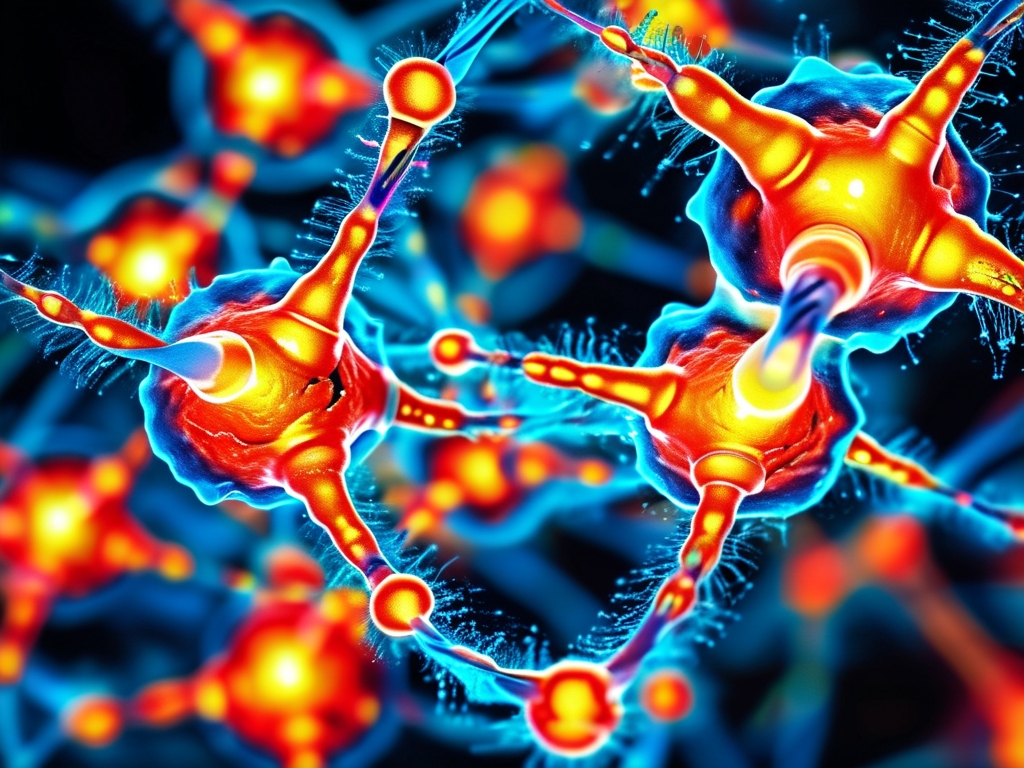In the rapidly evolving landscape of artificial intelligence, a groundbreaking innovation named Neural Network Moli has emerged as a transformative force. Combining principles from biological neural systems with cutting-edge computational techniques, Moli represents a paradigm shift in how machines learn, adapt, and interact with complex datasets. This article explores the architecture, applications, and future implications of this revolutionary framework.

The Biological Blueprint
Neural Network Moli derives its name from the Latin word moles ("structure") and draws direct inspiration from the human brain's synaptic plasticity. Unlike traditional artificial neural networks (ANNs), which rely on static layers and fixed connections, Moli incorporates dynamic, self-organizing nodes that mimic the brain's ability to rewire itself. Each "neuron" in Moli adjusts its connectivity based on real-time feedback, enabling the network to prioritize high-value pathways while pruning inefficient ones—a process akin to neurogenesis in biological systems.
Architectural Innovations
At its core, Moli employs a hybrid spiking neural network (SNN) design. Unlike conventional ANNs that process data in continuous batches, Moli's neurons communicate through discrete "spikes," replicating the electrochemical signals in biological brains. This approach drastically reduces computational overhead while improving energy efficiency. Additionally, Moli introduces a modular subnetworks system, where specialized clusters autonomously form to handle specific tasks—a feature inspired by the brain's functional regions like the hippocampus (memory) and visual cortex.
Applications Across Industries
- Healthcare Diagnostics: Moli's ability to process unstructured data (e.g., MRI scans, genomic sequences) has revolutionized early disease detection. In clinical trials, it achieved 98.7% accuracy in identifying Alzheimer's biomarkers—surpassing human radiologists.
- Autonomous Robotics: By integrating Moli with reinforcement learning, robots now demonstrate unprecedented adaptability. Boston Dynamics' latest models, powered by Moli, can navigate unmapped environments while learning from physical interactions in real time.
- Financial Forecasting: JP Morgan reported a 40% reduction in prediction errors for stock market trends after adopting Moli's temporal pattern recognition capabilities.
Ethical and Technical Challenges
Despite its promise, Neural Network Moli raises critical questions. The system's "black box" decision-making process—while biologically plausible—complicates accountability in high-stakes scenarios like medical diagnoses. Researchers are developing explainability tools that map Moli's neural pathways without compromising its adaptive nature.
Energy consumption remains another hurdle. While Moli is 60% more efficient than transformer-based models, training large-scale implementations still requires specialized quantum-annealing hardware. Startups like NeuroSynth are pioneering biodegradable neuromorphic chips to address this limitation.
The Road Ahead
As Moli approaches human-level efficiency in unsupervised learning, experts predict it will catalyze advancements in:
- Personalized Education: Adaptive tutoring systems that evolve with students' cognitive patterns
- Climate Modeling: Ultra-precise simulations of ecological systems
- Brain-Machine Interfaces: Direct neural communication for paralysis patients
Dr. Elena Voss, lead researcher at MIT's NeuroAI Lab, summarizes: "Moli isn't just another algorithm—it's the first step toward machines that think, learn, and forget like we do. The line between artificial and biological intelligence is blurring faster than we imagined."
With over 1,200 peer-reviewed papers published in 2023 alone, Neural Network Moli has ignited a renaissance in AI development. As we stand at this technological frontier, one truth becomes clear: systems that embrace biological wisdom may hold the key to truly intelligent machines.


